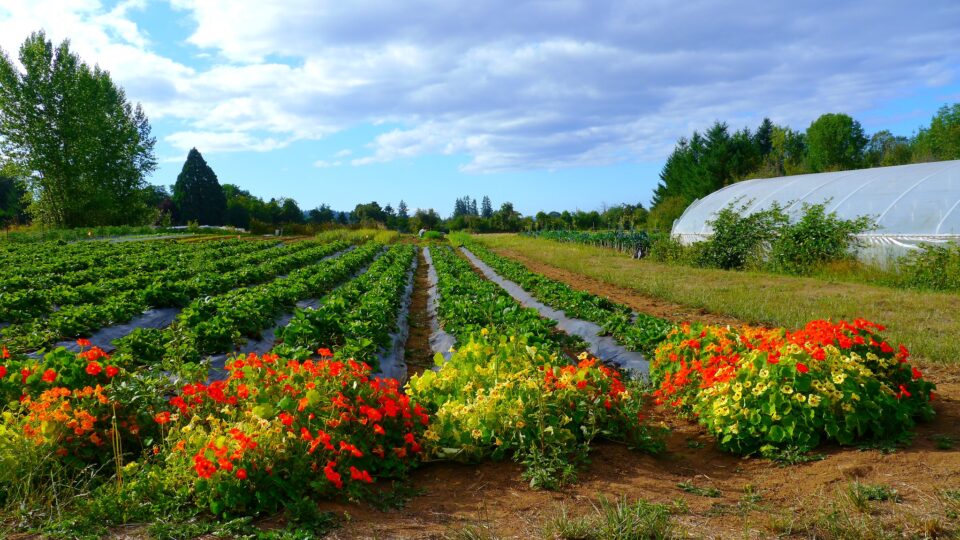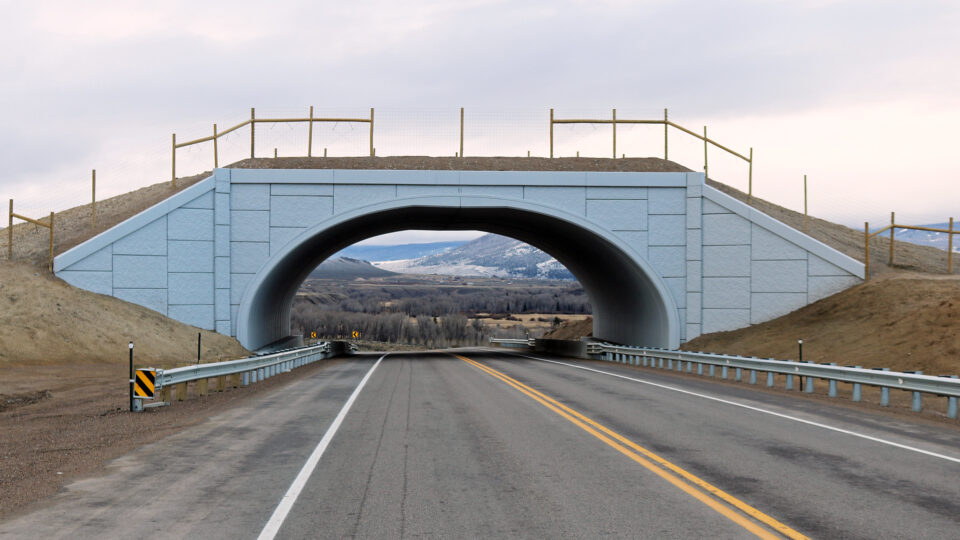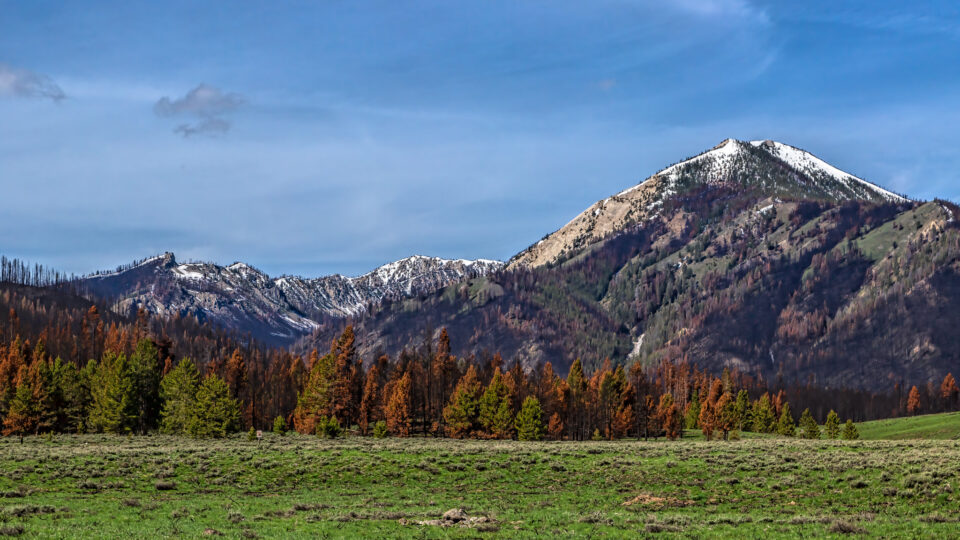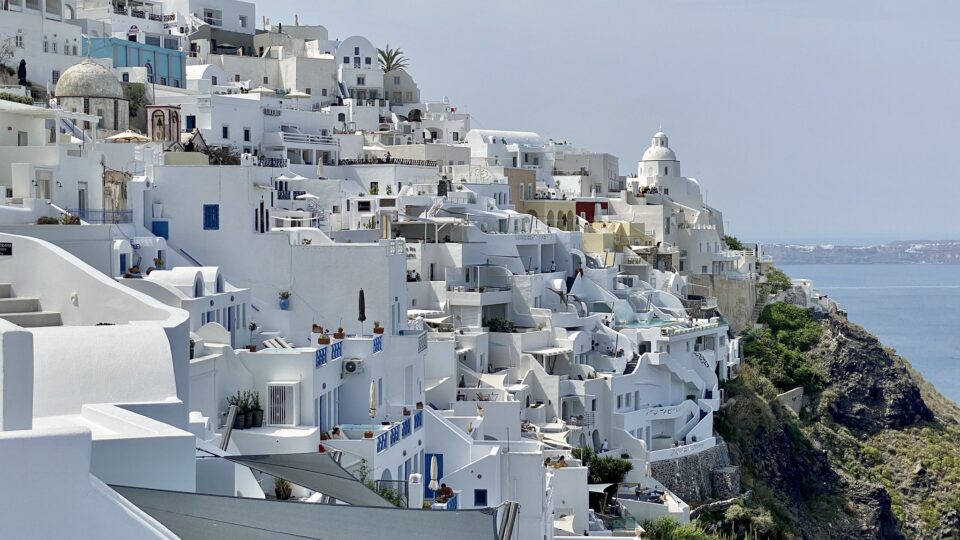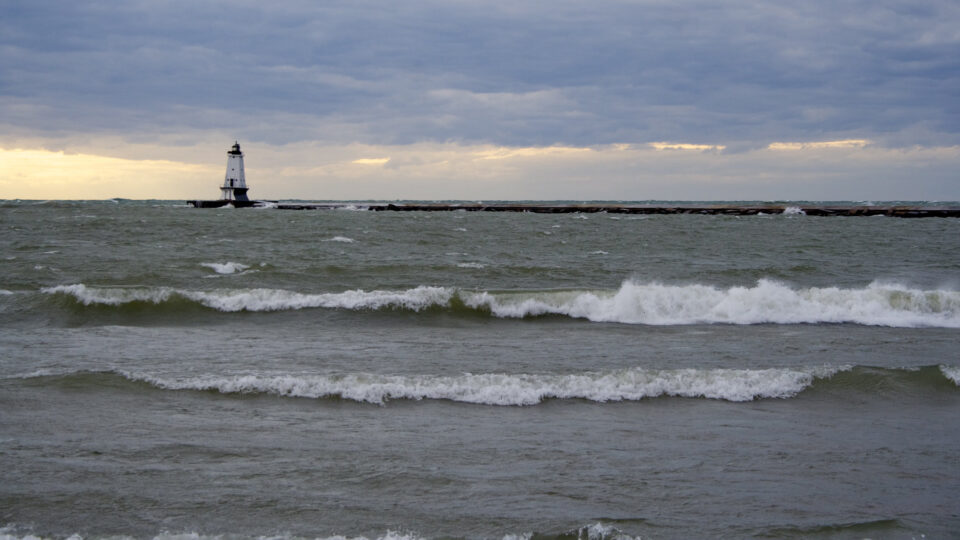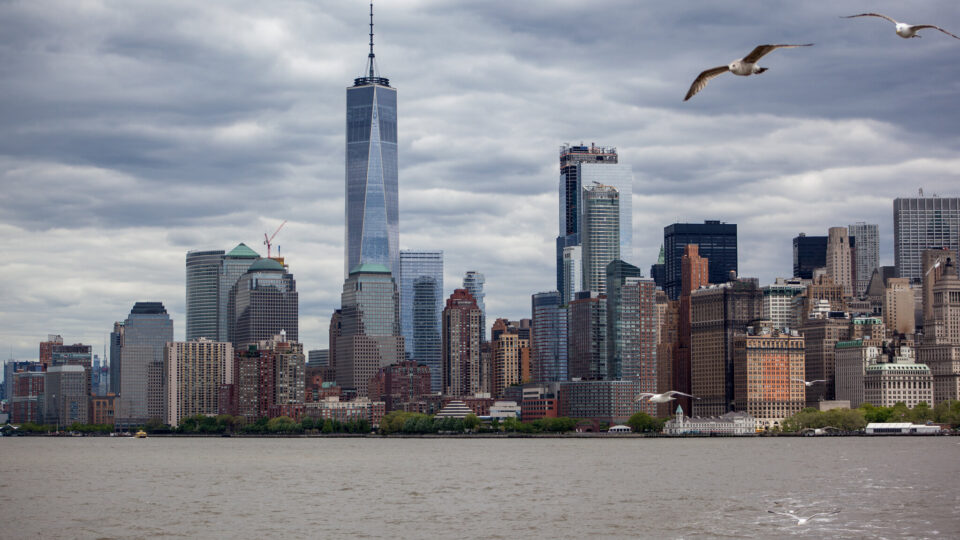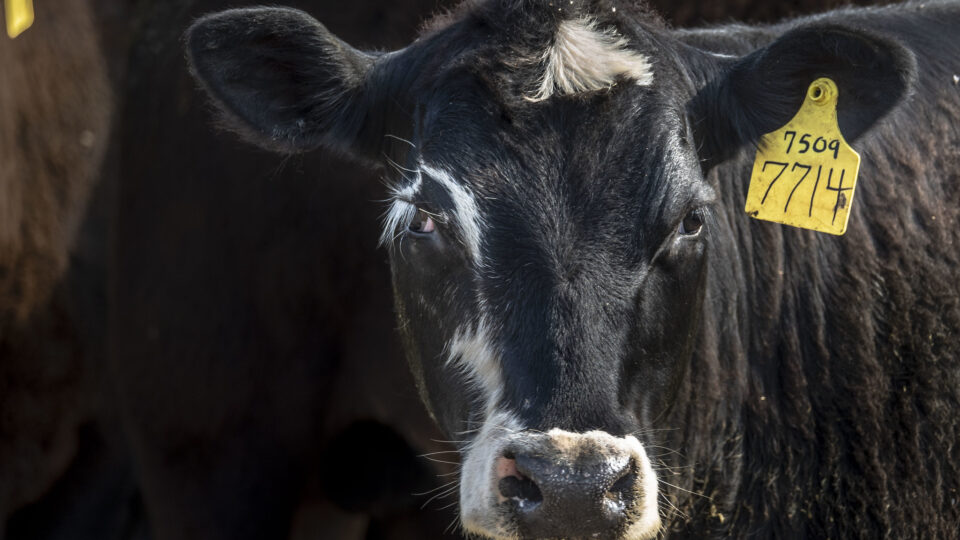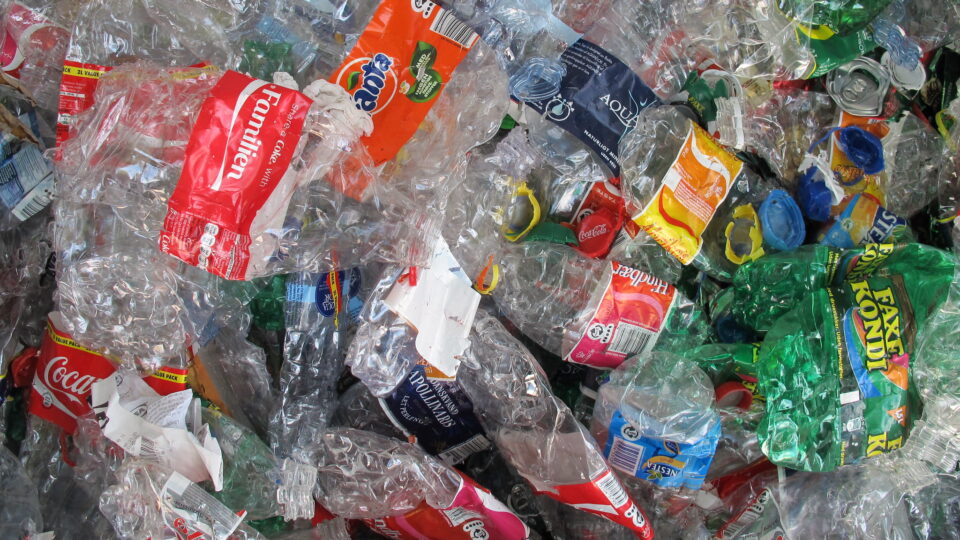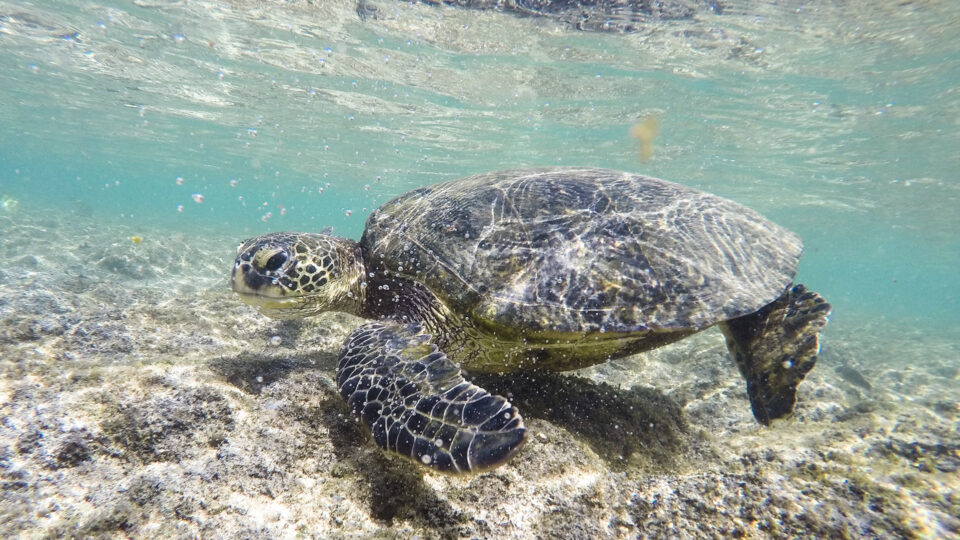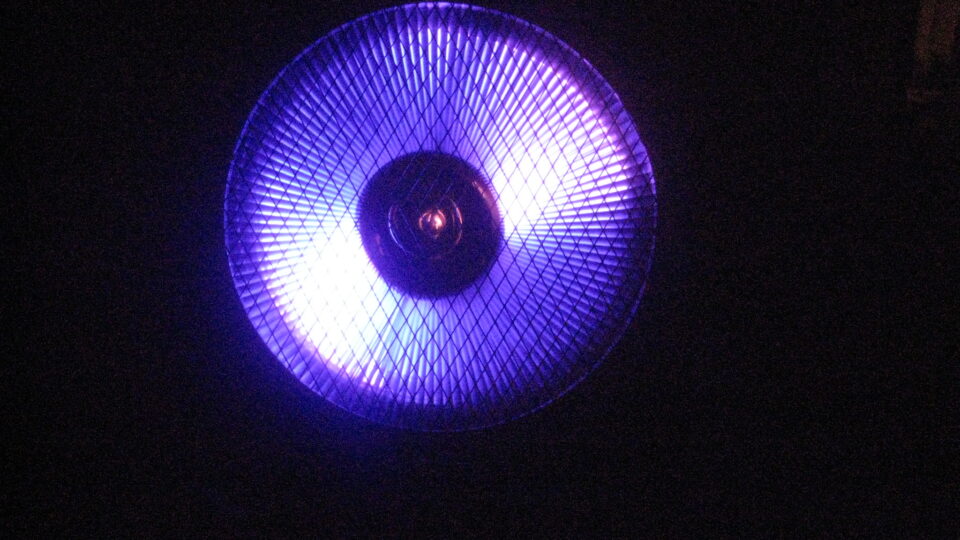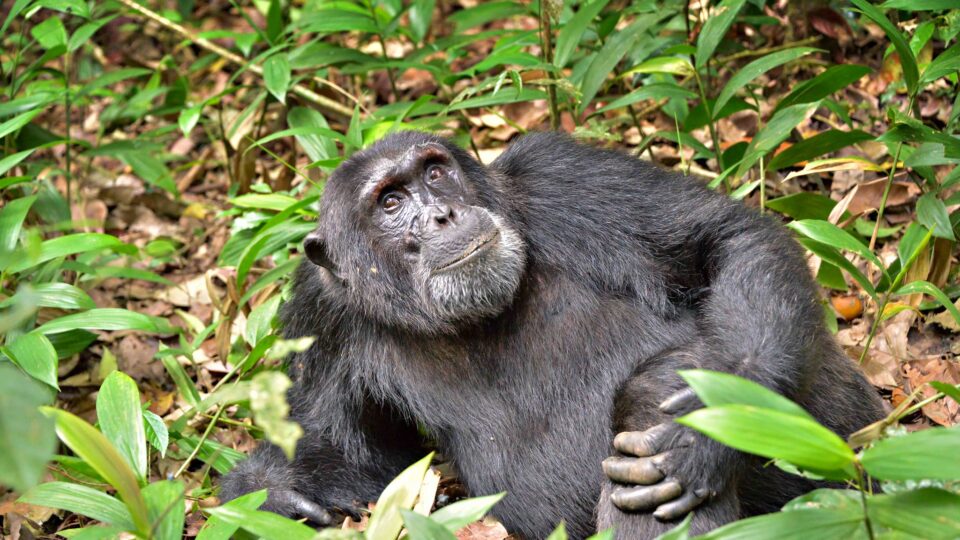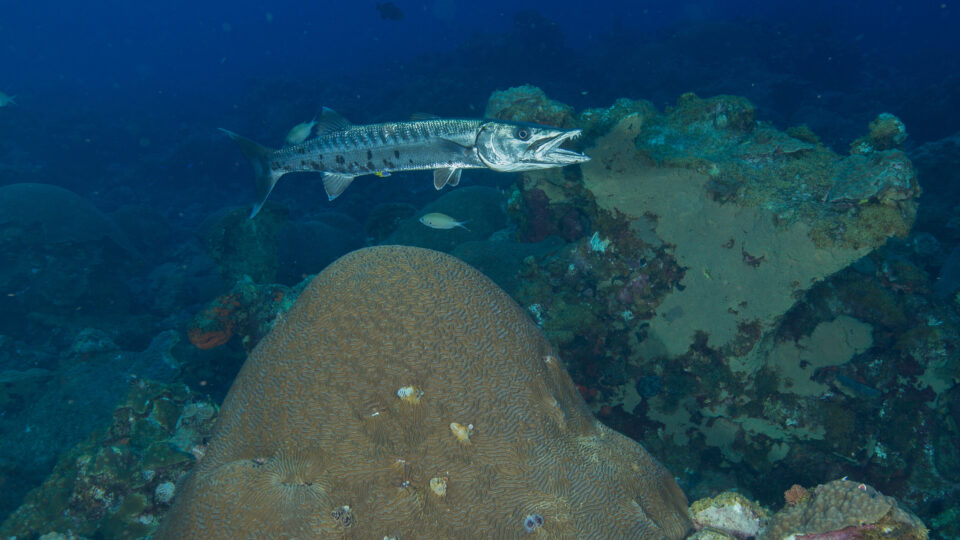When farmers add nutrients to their fields in excess of their crops’ ability to utilize them, these excess nutrients can enter the surrounding environments and create environmental problems. The primary culprits are nitrogen and phosphorous. These fertilizer components emerge from fields and enter local waterways in surface runoff.
Researchers at the University of Illinois Urbana-Champaign have developed a form of designer biochar that can provide phosphorous in a time-released fashion and reduce the amount that escapes into the environment.
The researchers used sawdust and lime sludge, which are byproducts from milling and water treatment plants, respectively. They mixed the two ingredients and formed pellets which were then slow-burned in low-oxygen conditions to create phosphorous-laden designer biochar. Once the pellets bind all the phosphorous they can hold, they can be spread onto fields where the nutrient is slowly released over time.
They tested the pellets in working field conditions. The pellets are used to remove phosphorous from drainage water and then can be reused in the field to provide the nutrient to the plants.
The results were very encouraging. The biochar proved to be a very effective way to provide phosphorous to crops and then reduce how much phosphorous enters the environment. The cost of producing the biochar pellets was less than half that of alternative substances for phosphorous removal.
There is currently no regulation that requires farmers to remove phosphorous from drainage water but there are a growing number of conservation-minded farmers who want to reduce nitrogen and phosphorous losses from their fields. The idea that the recyclable pellets can both provide and control phosphorous is an attractive one.
**********
Web Links
Scientists tackle farm nutrient pollution with sustainable, affordable designer biochar pellets
Photo, posted July 16, 2016, courtesy of Rick Obst via Flickr.
Earth Wise is a production of WAMC Northeast Public Radio
